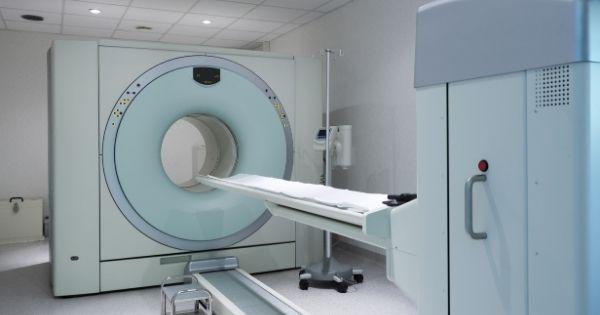
Nuclear medicine today is an advanced science providing a wide array of medical innovations and solutions. In particular, experts use radiolabeled compounds and various imaging technologies for drug research and development. However, these instrumental radioisotopes are scientific tools that help diagnose and treat complicated or life-threatening illnesses within controlled medical applications.
Radioisotopes provide further in-depth detail for diagnostic assessment and accuracy via nuclear medicine imaging known as PET scans. This molecular imaging creates the possibility for an accelerated process of drug discovery and development for treatment. Consider the following information for further comprehension about how PET scanners use radiolabeled compounds.
The Basics of Positron Emission Tomography
PET stands for positron emission tomography—an advanced molecular imaging technology that enables medical professionals to quantitatively analyze internal physiological functions. The basis of this unique technique revolves around the utilization of radioactivity detection.
How do PET scanners use radiolabeled compounds? Generally, a small dose of a radiotracer, also known as a radiolabeled compound, is injected into a peripheral vein. This compound emits radioactivity via gamma rays that are detectable by the PET scanner. Using this energy, technicians take a series of image scans to provide a wider, comprehensive picture of a specified internal organ or soft tissue.
Based on the location, these images provide clear-cut information that may have been overlooked or uncharacterized by conventional imaging techniques. Physicians customarily utilize PET studies to diagnose and stage, select the most effective therapy or treatment plan, evaluate the effectiveness of drug treatment, and manage ongoing care.
The Value of Radiolabeled Compounds
Hospitals or larger research facilities mainly produce PET radioisotopes on-site due to their short half-life. They manufacture PET radioisotopes in particle accelerators, electrically powered technological machines that shoot charged particles to transform the structure of an atom. While all radioisotopes are significant tools, not all are alike in nuclear medicine, as various drugs and chemicals may be labeled with these isotopes. Expert organizations also manufacture valuable radiolabeled compounds for clinical research and trials.
For state-of-the-art radiolabeling services for pharmaceutical research and development, contact Moravek. We’re committed to the advancement of human health through the provision of our quality products. As experienced, world-renowned suppliers of radiolabeled compounds, our services can be used for any stage of the drug development or research process. Reach out to us with any questions about our radiolabeled materials.
